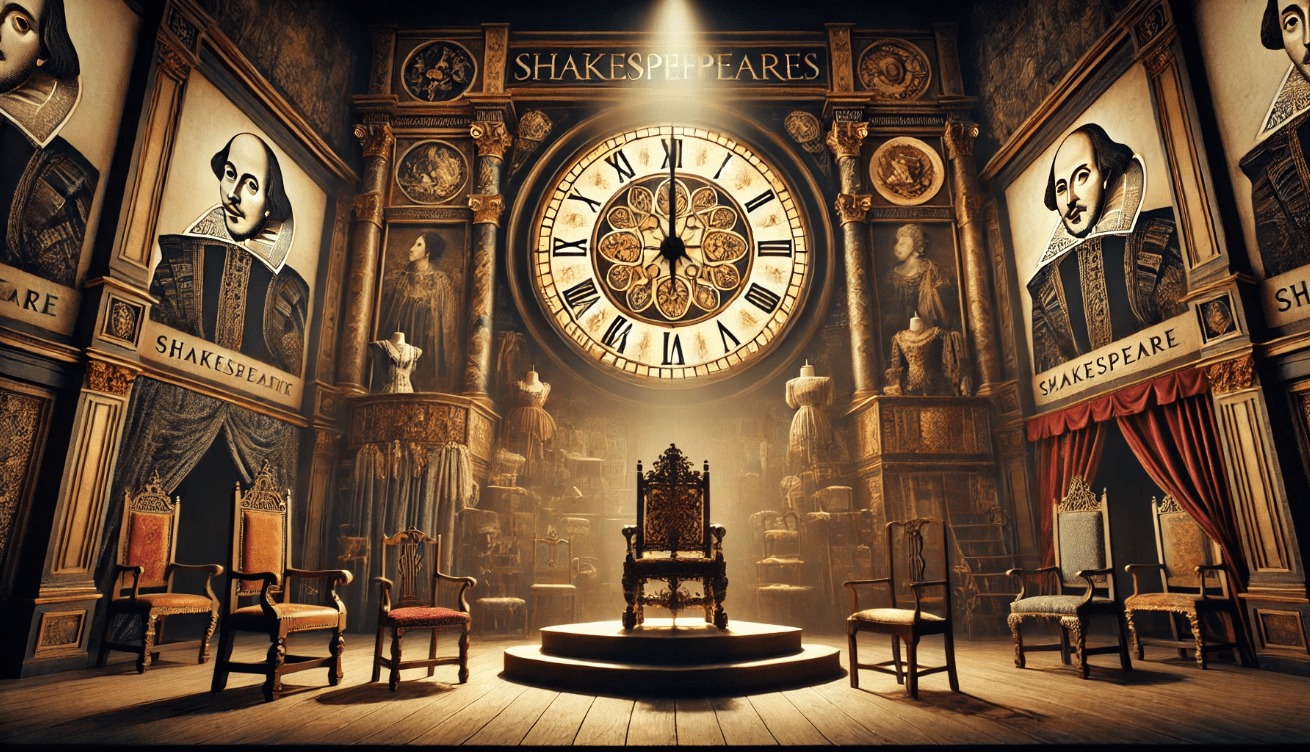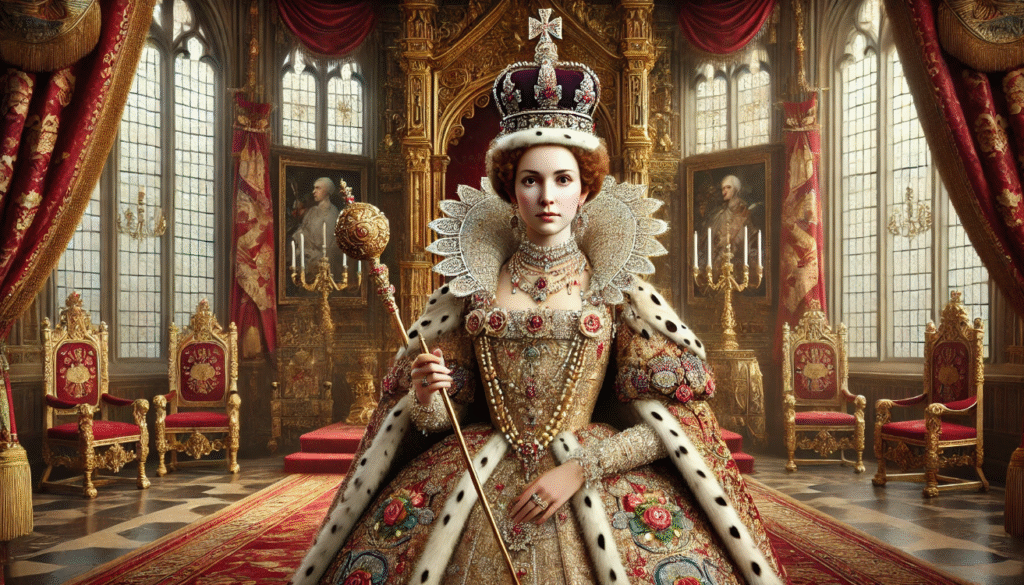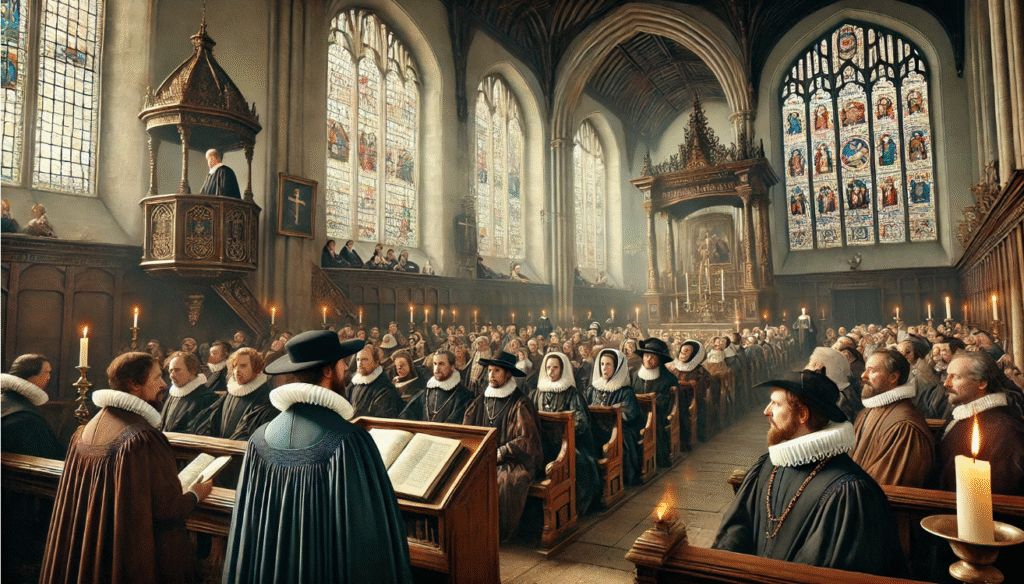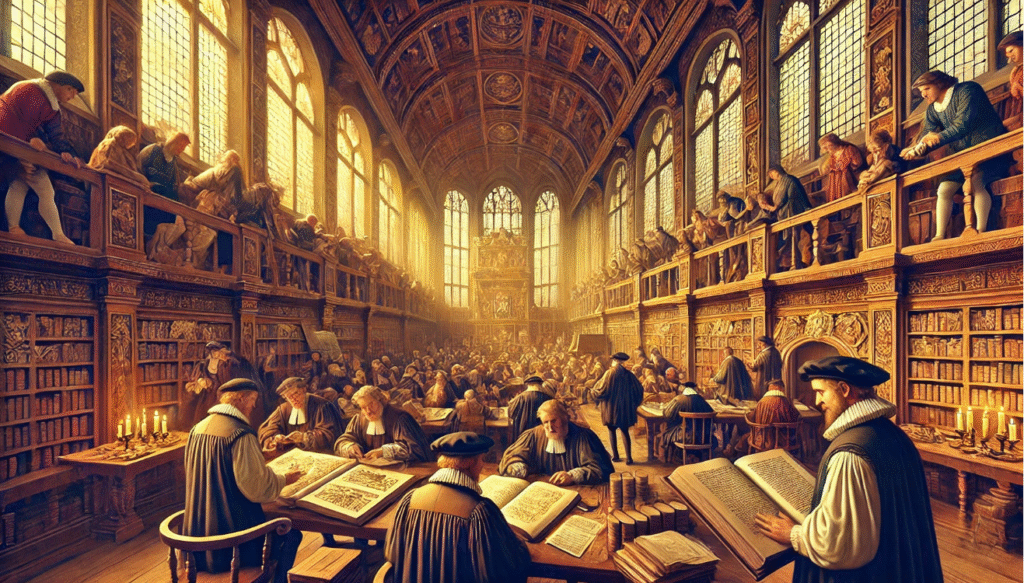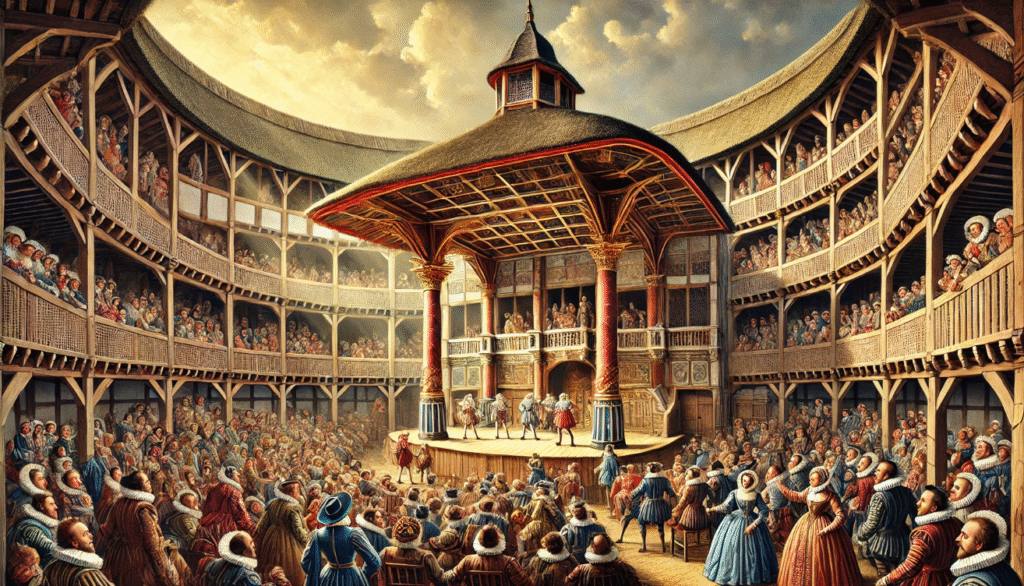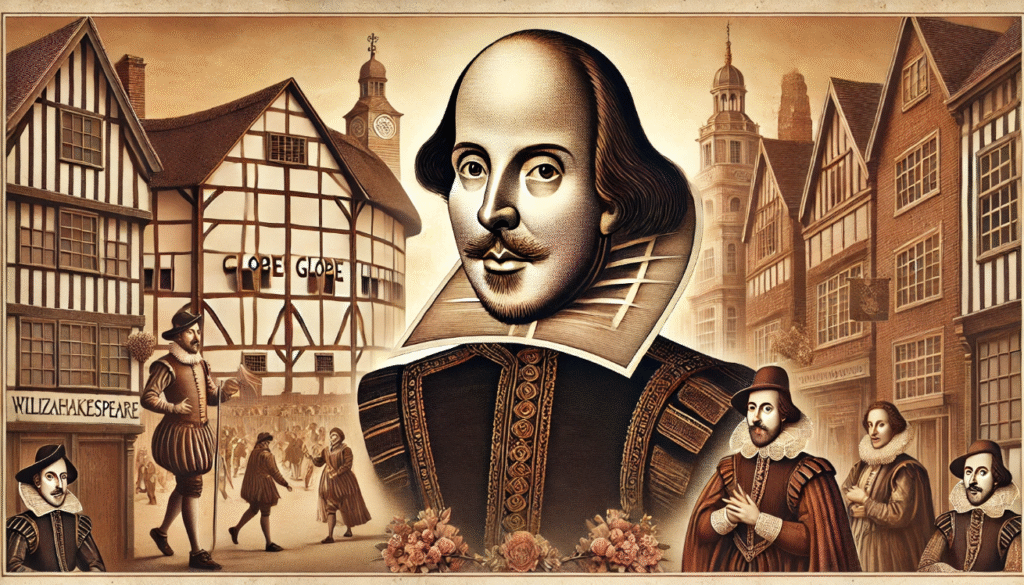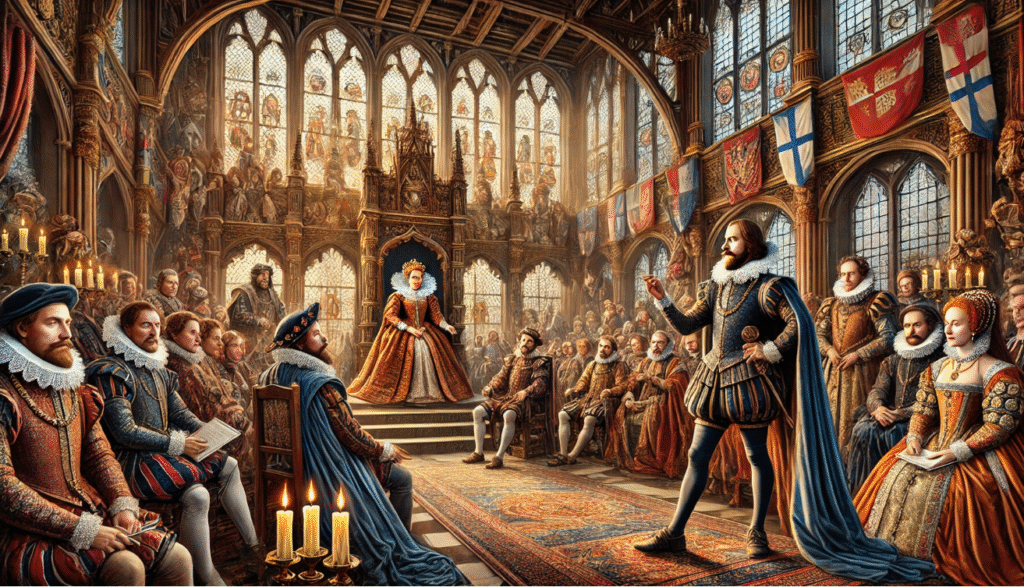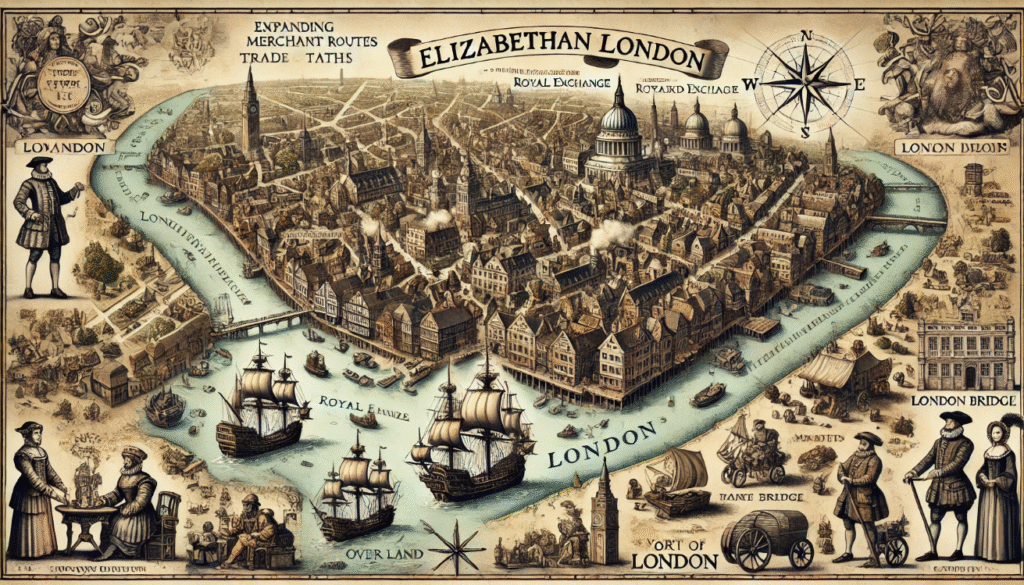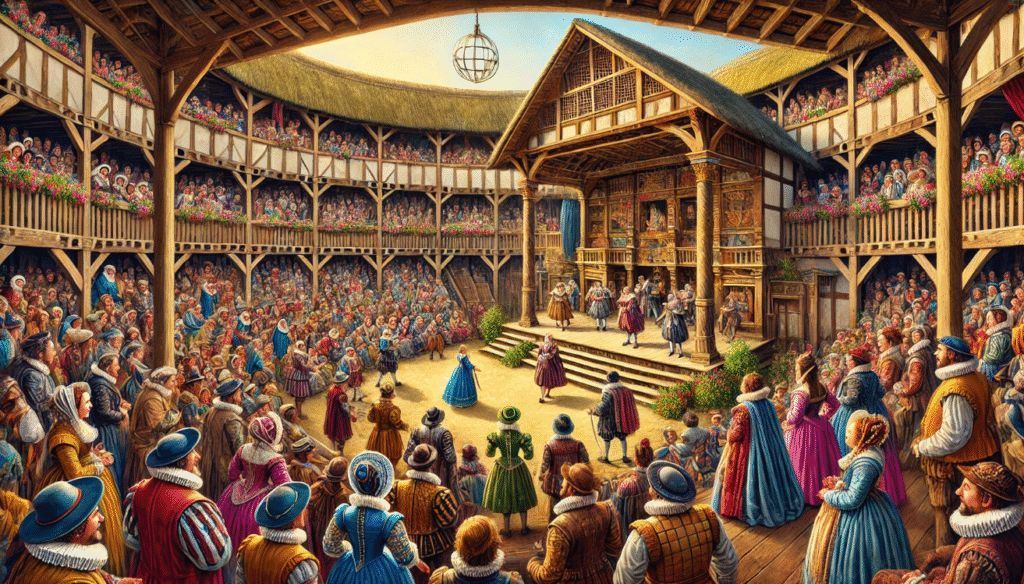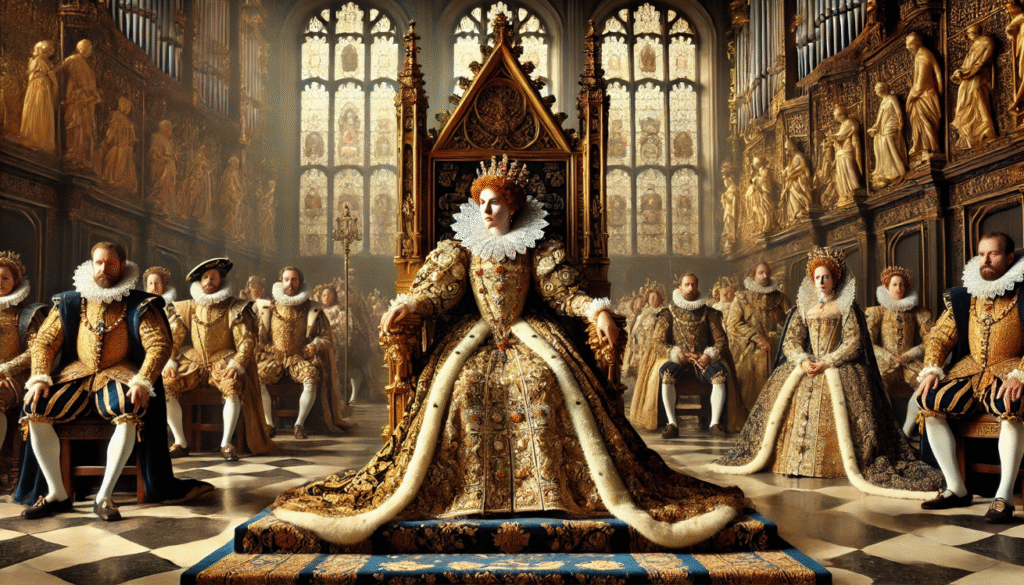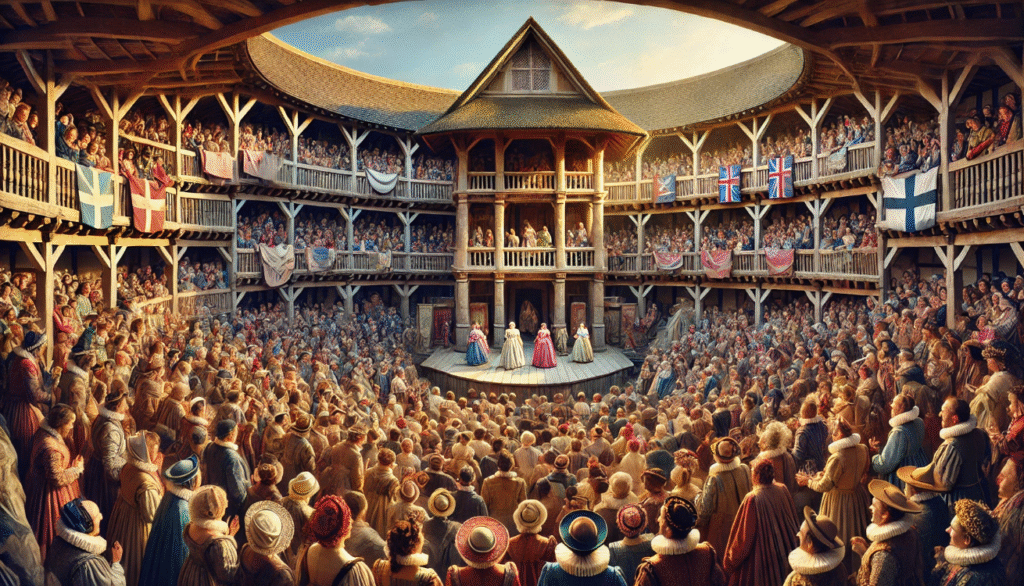Have you ever wondered why The significance of Shakespeare’s historical settings continue to captivate audiences centuries after they were written? William Shakespeare’s influence on literature and drama is undeniable, as his works have shaped the way we understand storytelling and character development. One aspect of The significance of Shakespeare’s historical settings writing that stands out is his use of historical settings to enhance his storytelling. By setting his plays in specific historical contexts, The significance of Shakespeare’s historical settings depth to his themes, characters, and conflicts, ultimately creating a more immersive and impactful experience for his audience.
The Role of Historical Settings in Shakespeare’s Works
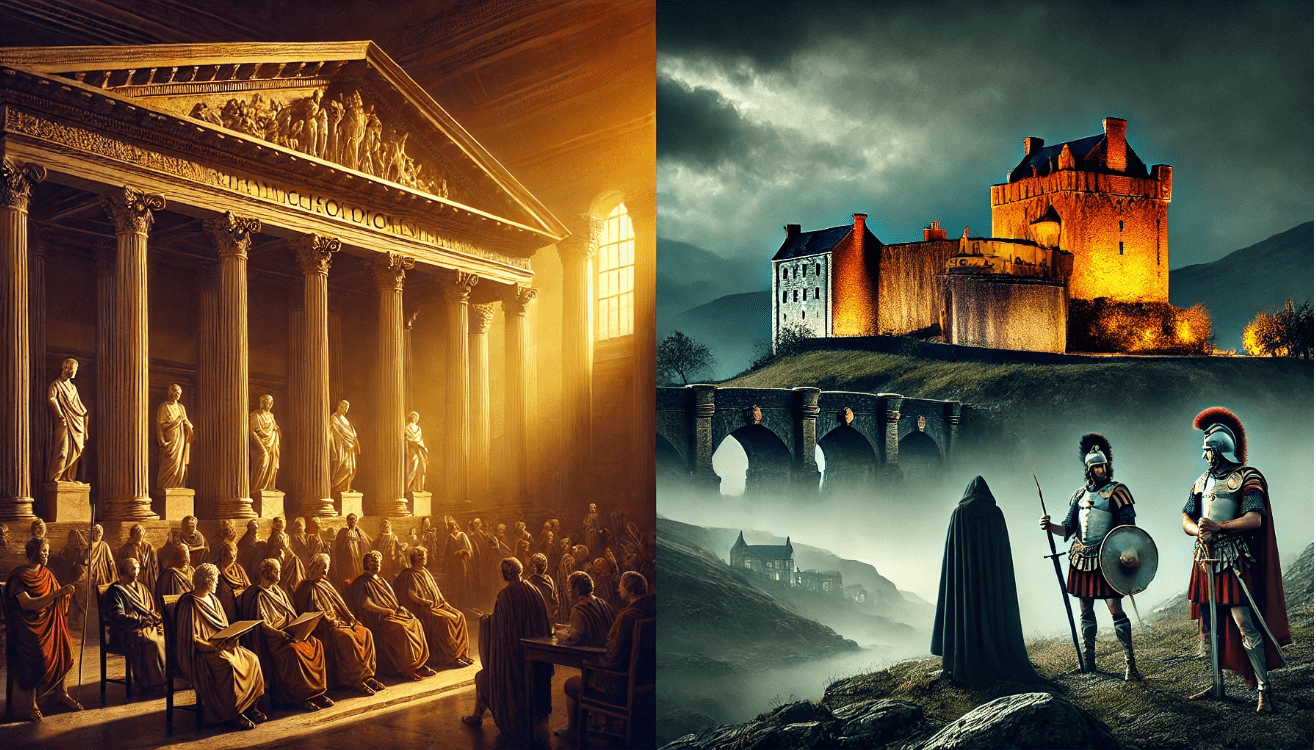
Why Shakespeare Chose Historical Settings
The cultural and political context of Elizabethan England was a dynamic and vibrant period in history. It was a time of great exploration, expansion, and innovation, as well as political intrigue and religious upheaval. Queen Elizabeth I’s reign saw the flourishing of the arts, literature, and theater, with playwrights like William The significance of Shakespeare’s historical settings making significant contributions to the cultural landscape. The period also saw the rise of England as a major European power, with the defeat of the Spanish Armada and the expansion of trade and colonization. The religious tensions between Catholics and Protestants also played a significant role in shaping the political landscape of the time.
Examples of Historical Context in Plays
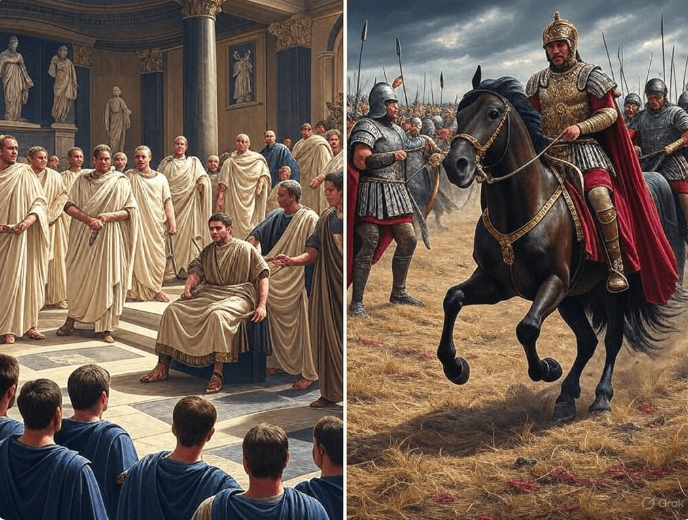
Julius Caesar is a play set in ancient Rome that reflects political intrigue and power struggles. It delves into the complexities of leadership and the consequences of ambition. Henry V showcases English nationalism and leadership, depicting the story of King Henry V’s rise to power and his efforts to unite and lead his country to victory in the Hundred Years’ War. It also explores themes of honor, patriotism, and the responsibilities of leadership.
Historical Accuracy vs. Dramatic License
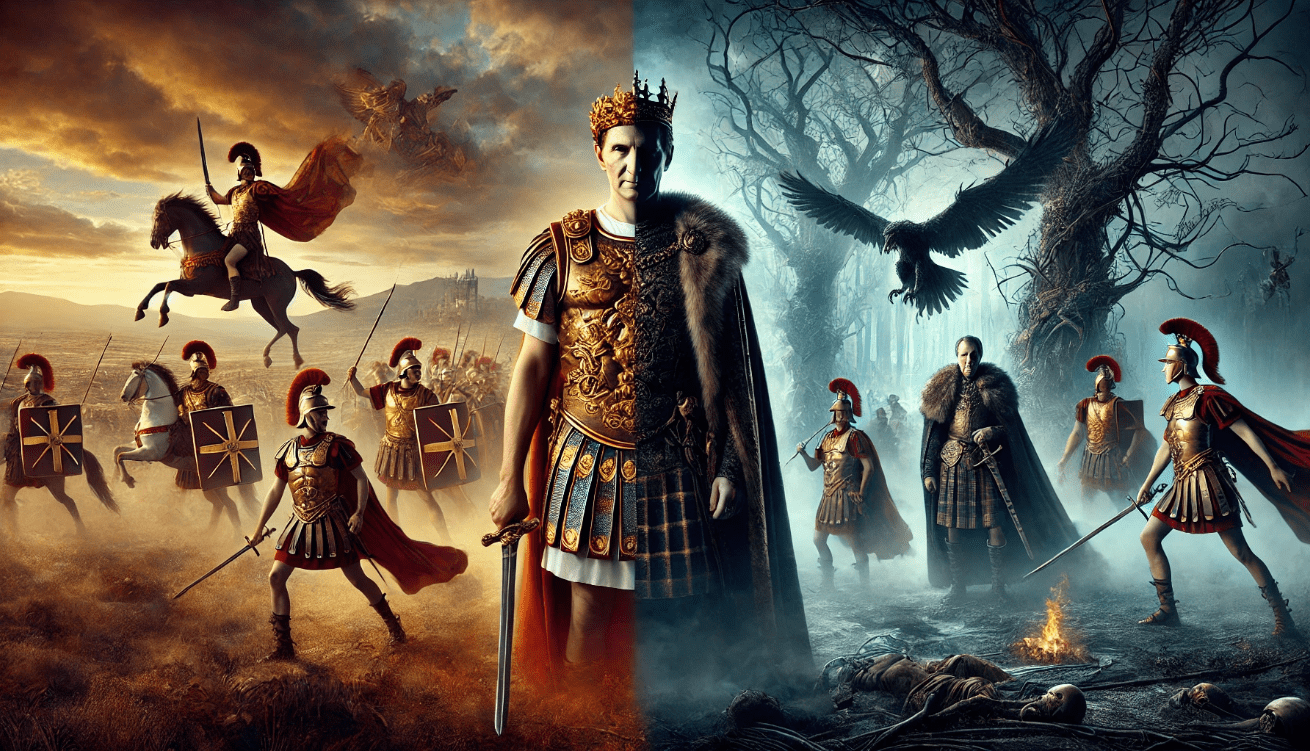
Shakespeare’s blending of historical facts with fictional embellishments allowed him to create characters and stories that were both rooted in reality and yet universal in their themes. By drawing on real events and figures from history, Shakespeare was able to ground his plays in a sense of authenticity and familiarity for his audience. At the same time, his fictional embellishments added drama, intrigue, and emotional depth to his works, making them relatable and engaging for audiences of all time periods. This approach allowed Shakespeare to explore timeless themes such as love, power, and ambition, making his plays relevant and resonant for generations to come.
Key Plays Highlighting Historical Settings
Tragedies

The settings of both Macbeth and Antony and Cleopatra play a significant role in amplifying the themes of ambition, fate, and personal and political conflicts. The medieval Scottish backdrop in Macbeth adds to the atmosphere of ambition and the inevitable struggle for power, while the grandeur of ancient Egypt and Rome in Antony and Cleopatra provides a stark contrast between the personal and political conflicts faced by the characters. These settings help to enrich the storytelling and bring the themes to life in a visually striking manner.
Histories
The Wars of the Roses, which took place during the 15th century, provide a rich and tumultuous setting for exploring themes of tyranny and ambition in Shakespeare’s play Richard III. The power struggles and betrayals within the warring factions offer a compelling backdrop for examining the corrupting influence of unchecked ambition and the devastating consequences of ruthless tyranny. In contrast, the historical backdrop of political turmoil in Henry IV and Henry V offers a fascinating exploration of the evolution of Prince Hal from a reckless youth to a wise and powerful king. The challenges and conflicts faced by the young prince as he navigates the treacherous world of politics and warfare provide a compelling narrative of personal growth and transformation.
Comedies with Historical Influences
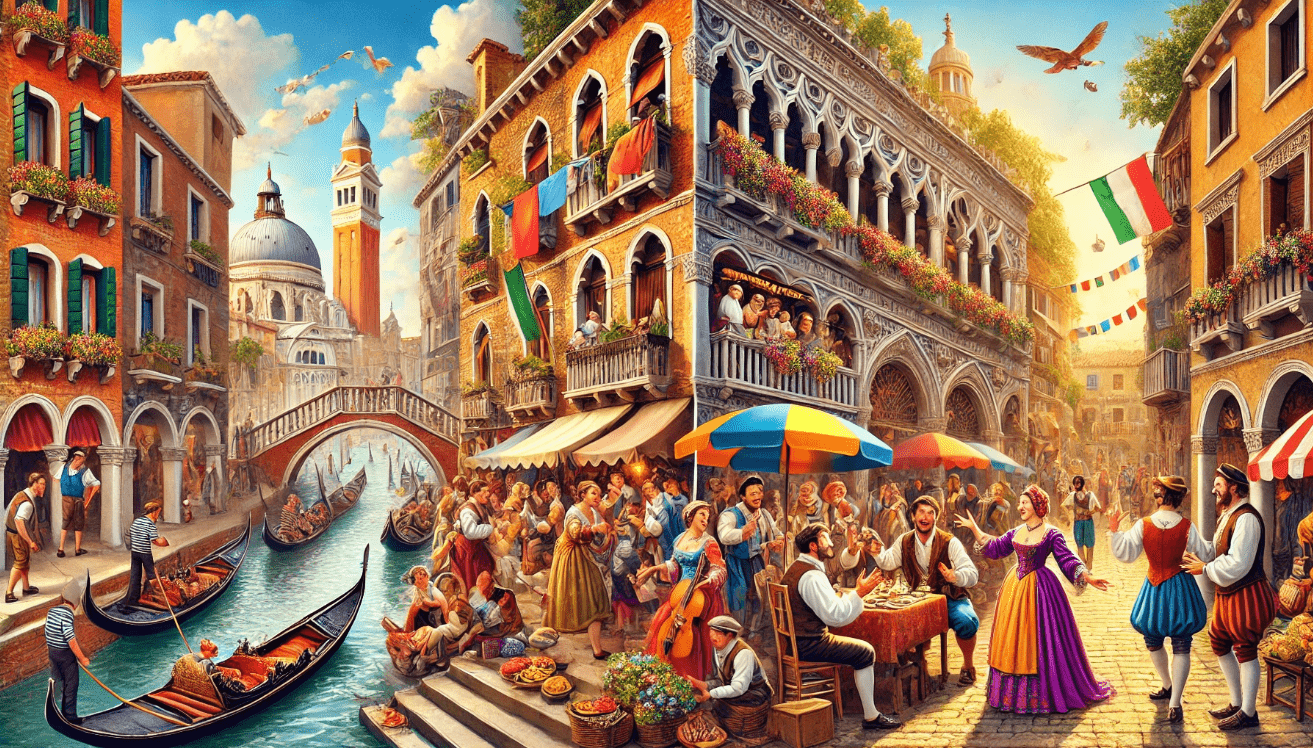
The Merchant of Venice is set in Renaissance Venice, a time and place known for its bustling commerce and vibrant culture. This setting plays a significant role in the play, as the characters engage in various business dealings and navigate the social dynamics of the city. Additionally, the play explores themes of wealth, prejudice, and justice, all of which are influenced by the unique environment of Renaissance Venice. In Much Ado About Nothing, the Sicilian setting serves as a backdrop for the play’s exploration of honor and love. The characters’ actions and relationships are deeply intertwined with the traditions and expectations of Sicilian society, adding depth and complexity to the themes of the play.
Themes Shaped by Historical Settings

Historical settings have always played a significant role in amplifying themes of authority, leadership, and betrayal. From the rise and fall of empires to the struggles for power and control within societies, historical contexts provide rich material for exploring these themes. Additionally, identity and social structures are deeply intertwined with historical eras, as class dynamics, gender roles, and societal norms have evolved over time, shaping the way people interact and perceive themselves. Lastly, conflict and resolution are universal themes tied to historical events, as wars and peace treaties have shaped the course of human history and continue to impact the human condition. These themes are integral to understanding the complexities of historical events and their enduring impact on society.
Shakespeare’s Historical Settings and Modern Relevance

Timeless Appeal of Historical Settings
Audiences continue to connect with these plays across centuries because they explore universal themes and human experiences that remain relevant regardless of the time period. The characters, conflicts, and emotions depicted in these plays resonate with people from all walks of life, allowing them to find common ground and understanding across time and culture. Additionally, the enduring quality of the writing and storytelling in these plays continues to captivate and engage audiences, making them timeless classics that continue to be celebrated and appreciated.
Adaptations and Interpretations
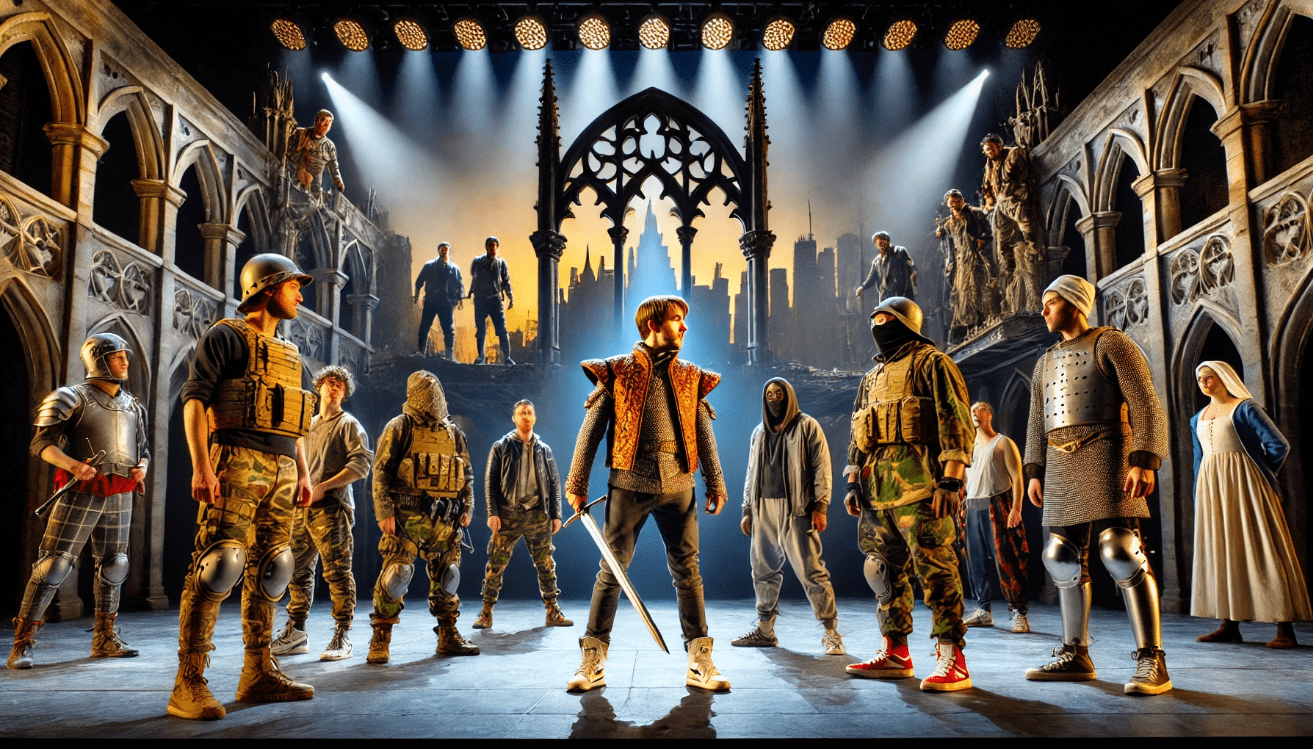
Modern directors reinterpret Shakespeare’s settings for contemporary audiences by updating the time period, costumes, and overall visual aesthetic of the plays. This can involve setting the story in a different time period, such as Baz Luhrmann’s “Romeo + Juliet” which takes place in a modern, urban setting. Directors may also use modern music, technology, and cultural references to make the stories more relatable to today’s audiences. Kenneth Branagh’s “Henry V” is another example, as he set the film in a more historically accurate medieval setting but used modern filming techniques to make the story feel more immediate and accessible.
Lessons from History for Today

Certainly, there are several parallels between Shakespeare’s historical settings and modern political or social issues. For example, the power struggles and political intrigue in plays like “Macbeth” and “Julius Caesar” can be compared to contemporary issues of corruption and leadership in government. Additionally, themes of discrimination and social hierarchy in plays like “Othello” and “The Merchant of Venice” can be related to present-day discussions on race and class. Shakespeare’s works continue to resonate with audiences because they touch on timeless themes that are still relevant in today’s society.
Shakespeare’s skillful use of historical settings in his plays adds depth and relatability to his works. By grounding his stories in specific time periods, he creates a connection between the past, present, and future. This enduring impact allows his plays to resonate with audiences across generations. It’s important to recognize the significance of Shakespeare’s historical settings and how they contribute to the overall themes and messages of his plays. I encourage readers to revisit Shakespeare’s works with a new appreciation for the historical context in which they are set. This will enhance the understanding and enjoyment of his plays and their timeless relevance.
